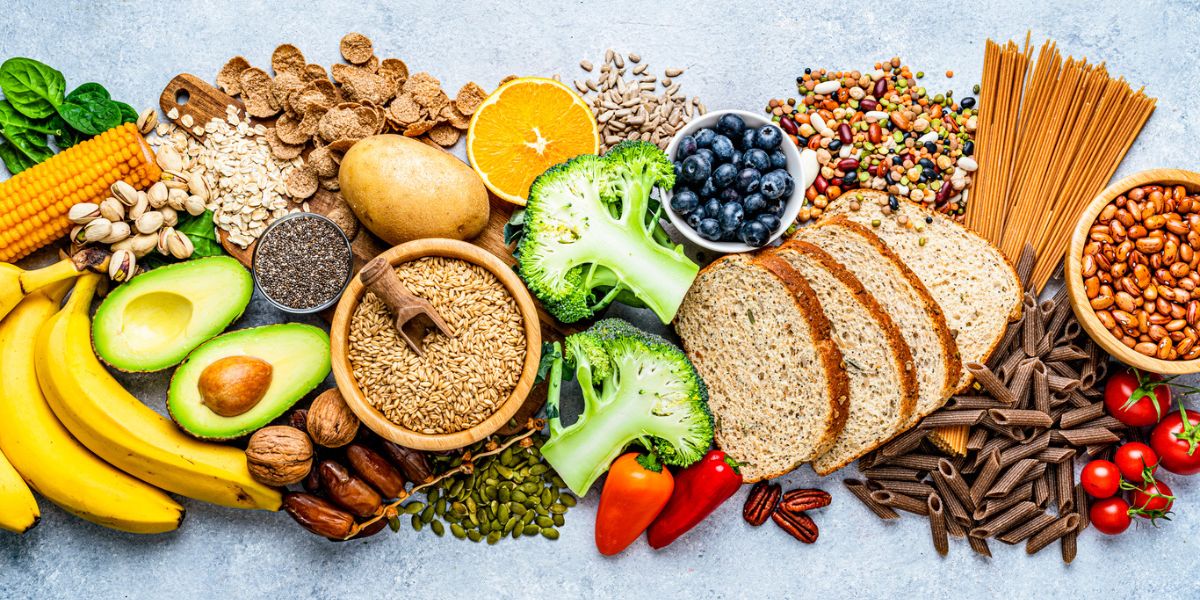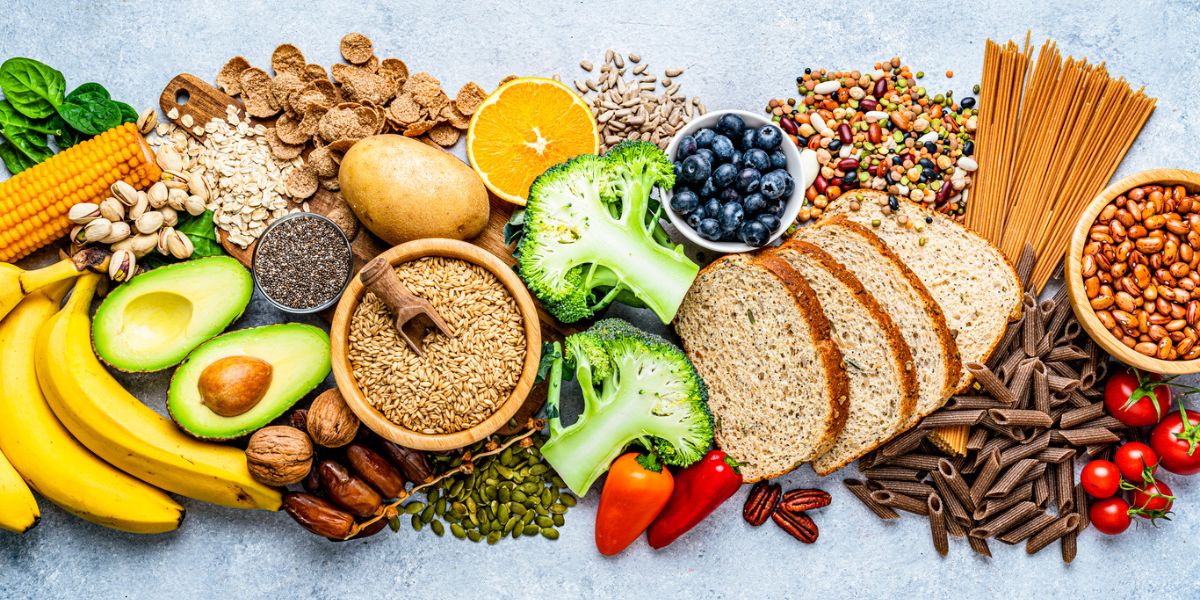People undergoing dialysis will receive a special meal during each session, including milk, boiled eggs, chickpeas and low-salt biscuits, to help replace the protein they lose during treatment.
![]()
Published Jul 08, 2025 | 7:00 AM ⚊ Updated Jul 08, 2025 | 7:00 AM

Protein-rich food items. (iStock)
Synopsis: The Tamil Nadu Health Department launched a new protein-rich diet scheme in all government hospitals to improve the health of dialysis patients. Experts say this is a much-needed step. Dialysis removes not only waste from the blood but also important nutrients. Without enough protein, patients may face muscle loss, tiredness, and low immunity.
Recently, the Tamil Nadu Health Department launched a new protein-rich diet scheme in all government hospitals to improve the health of dialysis patients.
Under this plan, launched by Health and Family Welfare Minister Ma Subramanian on 19 June, people undergoing dialysis will receive a special meal during each session, including milk, boiled eggs, chickpeas and low-salt biscuits, to help replace the protein they lose during treatment.
Experts say this is a much-needed step. Dialysis removes not only waste from the blood but also important nutrients, such as protein, especially albumin. Without enough protein, patients may face muscle loss, tiredness, and low immunity.
But how effective is this new diet? Why is a protein-rich diet important for dialysis patients? And what common food myths are still misleading patients?
Also Read: How microbiome health impacts kidney in diabetes
Why protein is essential
“Many dialysis patients don’t get enough protein, and that leads to serious weakness,” said Dr Sundar Sankaran, Director of the Aster Institute of Renal Transplantation.
“Protein is needed to build muscle, fight infections, and repair tissues. Without enough, the body breaks down its muscle,” he explained. The result is protein-energy wasting (PEW), a condition that causes muscle loss, poor wound healing, frequent infections, and low blood pressure.
“People with mild kidney failure restrict too much protein and end up becoming weak,” he said. He explained that this fear-driven restriction is often based on outdated or Western guidelines. “The protein restriction is for Western diets, not for Indian, especially South Indian vegetarian diets, which are already low in protein,” he added.
He warned that low albumin levels combined with low creatinine in dialysis patients is a sign of severe protein deficiency. “This situation needs the attention of a nephrologist and a renal dietitian right away,” he said. For a 60 kg patient, the daily protein requirement is around 72–90 grams, but many patients eat far less than that, either because they’re unaware or they fear worsening their kidney condition. “That fear is based on myths,” he added.
He noted that the government’s protein diet package is a helpful step, especially for low-income patients.
“However, it provides only about 20 to 30 percent of a dialysis patient’s daily protein needs. It’s a supplement, not a complete solution,” said Dr Sankaran.
Noting patients still need to eat other protein-rich foods like lentils, paneer, fish, or lean chicken to meet their full requirement, he added that Tamil Nadu is the only state doing this so far: “It’s a good beginning for others to follow and do even better.”
Busting myths and mistakes
While stressing the importance of protein intake, Dr Sankaran also warned about common mistakes and myths that mislead many patients. “High potassium is the real killer in dialysis,” he said. Eating too many bananas, oranges, or tomatoes can lead to dangerous potassium buildup.
Fluid control is also important. “Kidneys in these patients can’t remove extra fluids. They need to be careful with water, tea, coffee and soup, especially in hot, humid weather when they feel thirsty.” He also advised caution with supplements, “Don’t use protein powders or herbal products without medical advice. It can create more problems.”
There are also several myths that confuse patients, he said. “One of the most common is that ‘all protein is bad for kidneys’. In fact, dialysis patients need more protein, not less. Another harmful belief is that ‘drinking more water helps flush the kidneys’. For dialysis patients, too much fluid can be dangerous. Many also think pink salt is safer, but sodium-free salts like pink salt contain potassium, which can be fatal if levels go up,” he warned.
For families trying to plan meals at home, he suggested using affordable protein sources like lentils, soaked chickpeas, eggs, and small amounts of paneer or fish. Combining foods like rice with dal can help meet protein needs. “Plant proteins can be enough if planned well, but adding milk or eggs improves quality,” he said.
For rural and low-income families, using local grains, vegetables, and support from government programmes can help. He also warned that eating too much protein without medical advice can be risky. “Excess protein may lead to high urea, phosphate overload, and fluid imbalance,” he said. “It’s important to get the amount right, not too little, not too much.”
However, above all, he stressed, “Don’t follow online kidney diets blindly, which is completely based on the concept of ‘One-size-fits-all’. Every patient’s needs are different and so the diet plan needs personalization. Always take help from a renal dietitian.”
In an age of social media myths and half-truths, doctors say it’s more important than ever for dialysis patients to follow a proper, protein-rich diet guided by real medical advice.
Also Read: What you need to know about hereditary kidney diseases
General diet plan and the need for personalisation
Deepshikha Khattar, a renal dietitian at Dr RML Hospital in New Delhi, shared a general diet plan that could support dialysis patients in maintaining their nutritional balance.
She stressed that while protein is crucial to compensate for the loss during dialysis, it should be consumed in moderation, as excess protein, especially from vegetarian sources, can lead to high phosphorus levels, which are harmful to kidney patients.
On a typical day, patients can start their morning with a cup of toned milk (without sugar) and a few plain biscuits. For breakfast, they may have two rotis or a bowl of poha (beaten rice), daliya (broken wheat), or sabudana-based (sago) dishes, along with curd or milk, a little paneer, and egg white, if allowed. Fruit from the safe list, such as apple, papaya, guava, or pear, can be taken mid-morning.
Lunch could include two rotis or a small bowl of rice, one bowl of cooked vegetables, a portion of salad, and a protein source like paneer, chicken, curd, or pulses. In the evening, tea can be taken with light snacks such as puffed rice, makhana, or biscuits. Dinner can be similar to lunch, with rotis or sabudana khichdi, vegetables, salad, and pulses. A small bowl of milk or kheer made from sabudana or makhana can be consumed after dinner.
She also advised patients to limit their fluid intake and avoid high-potassium and high-phosphorus foods like red meat, egg yolk, rajma, soybean, full-cream milk, and certain fruits and vegetables. Vegetables like cabbage, cauliflower, and potatoes can be eaten after cutting them into small pieces and boiling them briefly to reduce potassium content.
While general diet plans can be useful, a personalised diet is essential for dialysis patients due to their specific medical needs. Deepshikha explained that key nutrients like protein, potassium, phosphorus and sodium must be carefully balanced based on the patient’s medical reports.
“For example, if a person weighs 60 kg, they may need around 1.2 to 1.5 grams of protein per kg per day. But if we increase protein, especially in vegetarian diets, phosphorus levels also go up, which can be harmful for dialysis patients,” she said.
This delicate balance makes personalised guidance crucial. She added that phosphorus-rich foods like milk and other vegetarian sources can complicate the diet. “Sometimes we suggest protein powders to maintain protein intake without pushing up phosphorus levels”.
Hence, even though a general plan offers a basic structure, the safest and most effective approach is to consult a renal dietitian for a plan tailored to each patient’s condition.
(Edited by Muhammed Fazil.)


